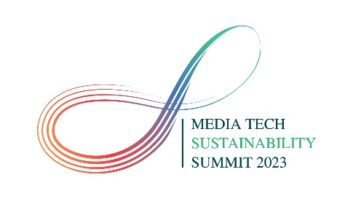To mark Earth Day on 22nd April, TVBEurope is focusing on sustainability throughout the month.
In our April issue, we heard from a number of vendors about what they’re customers are telling them in terms of sustainability, and how they can innovate to meet sustainability targets. You can read their thoughts here.
Unfortunately, we weren’t able to include everyone, so here are the thoughts of some more key media technology vendors.
Mo Goyal, director of international business development, Evertz
Evertz has incorporated several environmental aspects into our products and operations, with the intent of promoting environmental sustainability. The company has undertaken several initiatives that contribute to environmental stability, minimise environmental impact, and reduce the amount of waste that may contaminate the environment during the end-of-life disposal.
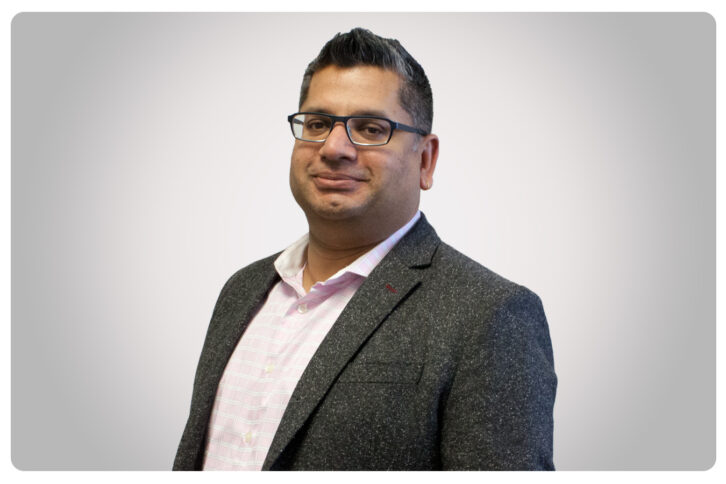
Waste Electrical and Electronic Equipment (WEEE) is a process through which Evertz intends to reduce the amount of electronic waste that may contaminate the environment during the end-of-life disposal. Customers can return their Evertz equipment free of charge for Evertz to dispose in an environmentally safe way.
All of Evertz new building projects are done in the direction of Leadership in Energy and Environmental Design (LEED) compliance. This ensures that the buildings are designed, built and operated to the highest level of sustainability and environmental performance.
At our various locations, Evertz has other internal waste minimisation initiatives such as recycling paper, cans, plastic, and cardboard, reducing the power consumption through induction lighting, and reducing water consumption with low flow toilets.
For traditional marketing events like NAB and IBC, Evertz has reduced carbon emissions, power consumption, and waste by “re-thinking” how we deliver and showcase our technology to the industry. A shift to using cloud services and other techniques are initial steps that have been undertaken to meet sustainability goals.
Overall, Evertz continues to significant steps toward environmental sustainability through several initiatives. The company is committed to reducing its impact on the environment and creating a sustainable future.
Sébastien Verlaine, head of marketing and communications, EVS
After taking concrete steps to establish a structured and strategic framework for our ESG (Environmental, Social, and Governance) actions in 2021, EVS is committed to continuing this journey by focusing on sustainable and profitable growth.
One important aspect of our sustainability strategy is the mapping of our ESG initiatives with the priorities of external stakeholders, particularly our customers. We’ve begun actively engaging with our customers to gain insight into their own ESG goals and priorities, which will be a key step in ensuring that our materiality matrix is aligned with their expectations.
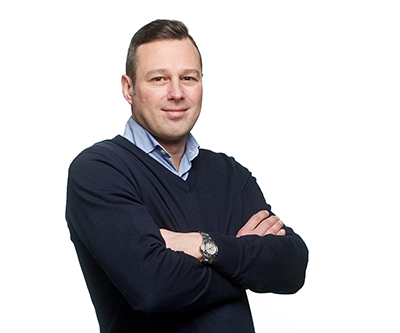
Initial discussions have revealed that while our customers approach sustainability in very different ways, it is a topic on everyone’s agenda. We’ve observed an increasing number of initiatives being taken across all ESG pillars. However, environmental initiatives remain a priority, with customers taking meaningful steps to reduce their carbon footprint. For live production operations, customers are particularly interested in ways to produce content more responsibly, such as remote production.
But some customers who are further along in their ESG journey are not stopping at environmental initiatives alone. There is growing importance of the social aspect, with in some cases the implementation of awareness campaigns, mandatory training, and ways of measuring diversity, including the Bechdel test that measures the representation of women in programmes.
We believe that the sustainability journey is a shared responsibility. By engaging with our customers on this topic, we will be able to make better decisions for fulfilling their expectations while driving sustainable and profitable growth for our own business.
Stuart Russell, head of marketing and communications, Tellyo
There’s no doubt that sustainability and the ‘E’ in ESG have become increasingly important as the workflows and rhythms of the production industry have changed to meet the new post-pandemic normal. Some of this has been driven by our customers and their need to show they are taking action – I’ve seen an increasing number of RFPs and contracts asking vendors to outline their sustainability credentials and even saw one tender from a Scandinavian manufacturing brand asking vendors to specify the CO2 savings their proposed solutions would generate – and some has come from within the industry through initiatives like BAFTA’s albert programme. Generally speaking, I think we all accept that we need to have robust sustainability policies in place – it makes good business sense as well as demonstrating our understanding of the need to be good corporate citizens. Enlightened self-interest, you might say?
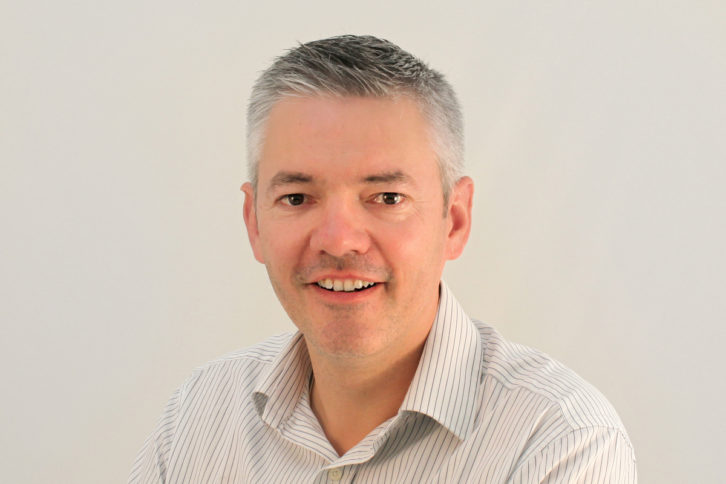 Tellyo is a cloud-native company so we don’t have any manufacturing facilities, but we of course recognise that our operations have an environmental impact. From a customer perspective, the carbon footprint of our solutions relates mostly to energy usage, so we’re working with key partners like AWS to better understand their supply chain and examine how more energy can be generated from renewable sources. I think it’s also safe to say we’re traveling a lot less than we used to pre-2020 and paying much more attention to carbon-offsetting schemes. While it’s important to see industry bodies like the IABM and the DPP taking a lead on sustainability, every small gesture we can make at an individual vendor level – from recycling our office waste to promoting public transport use – is helpful and important. Often, it is the small daily actions that cumulatively make the biggest difference.
Tellyo is a cloud-native company so we don’t have any manufacturing facilities, but we of course recognise that our operations have an environmental impact. From a customer perspective, the carbon footprint of our solutions relates mostly to energy usage, so we’re working with key partners like AWS to better understand their supply chain and examine how more energy can be generated from renewable sources. I think it’s also safe to say we’re traveling a lot less than we used to pre-2020 and paying much more attention to carbon-offsetting schemes. While it’s important to see industry bodies like the IABM and the DPP taking a lead on sustainability, every small gesture we can make at an individual vendor level – from recycling our office waste to promoting public transport use – is helpful and important. Often, it is the small daily actions that cumulatively make the biggest difference.
Fabio Murra, SVP product and marketing at V-Nova
We speak to customers across a broad range of video delivery industry verticals at V-Nova because our SDKs for MPEG-5 LCEVC enhancement can improve video compression efficiency and compute requirements in almost any use case. It’s encouraging to hear how much the sustainability of video workflows is now on the agenda for many of these companies. Even if not immediately so, they certainly engage when we bring up the significant savings that can be made in the energy consumption of their systems thanks to optimizations in their video compression technology. The fact that it often goes hand in hand with cost reduction tends to help too!
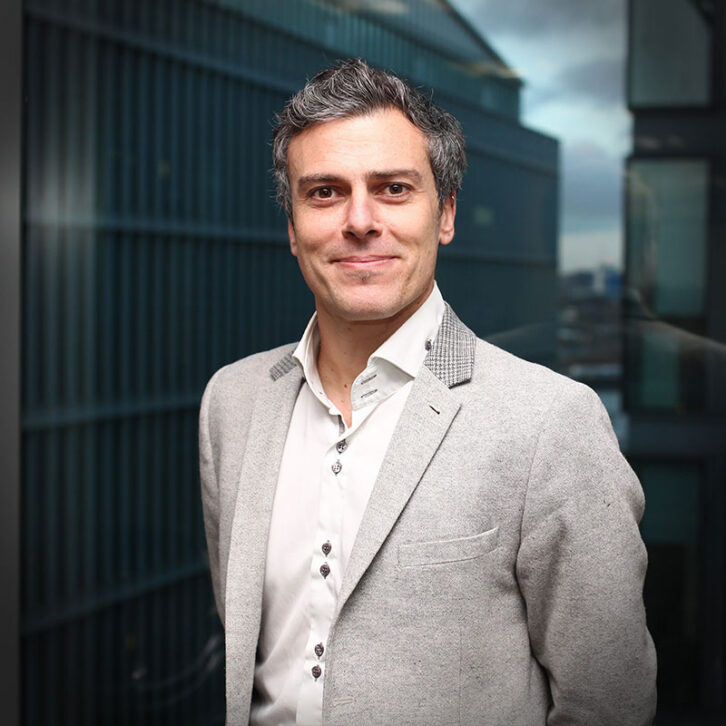
We are proud members of Greening of Streaming and are chairing the compression working group which is helping to shape the Low Energy Sustainable Streaming (LESS) Accord recommendations that will aim to help services reduce end-to-end energy consumption. LCEVC is proven to reduce transcoding compute requirements by up to 3x in many configurations, but there are a range of technologies, both compression and otherwise which must be considered as part of a complete system to ensure that improving one element of a workflow does not have unforeseen negative consequences elsewhere. We are committed to working with our colleagues in GoS, along with customers and partners, to better understand the effects of these technologies and to continue refining them to help move us all towards more sustainable video delivery.
Mathieu Planche, CEO at Witbe
Technological sustainability, energy consumption, and environmental protection are important to us and our customers in the video service provider market. For decades, engineers have been sent on road trips to test malfunctioning devices and interrupted services. By creating remote device access technology that allows the same work to happen without the travel, we help reduce carbon emissions and fossil fuel usage by saving our customers a long car or truck ride. Remote collaboration and sharing devices result in less resources being used on the work our customers do.

Of course, there is an environmental footprint of power consumption that comes with remote work and automation. When we develop new products, we always try to push technological power while reducing energy consumption. Our most recent testing device, the Witbox+, was designed to consume eight times less energy than our previous device with similar capabilities. As technology improves our workflow and daily life, we share a responsibility to ensure that it is being built with a focus on sustainability and an eye towards the future.
